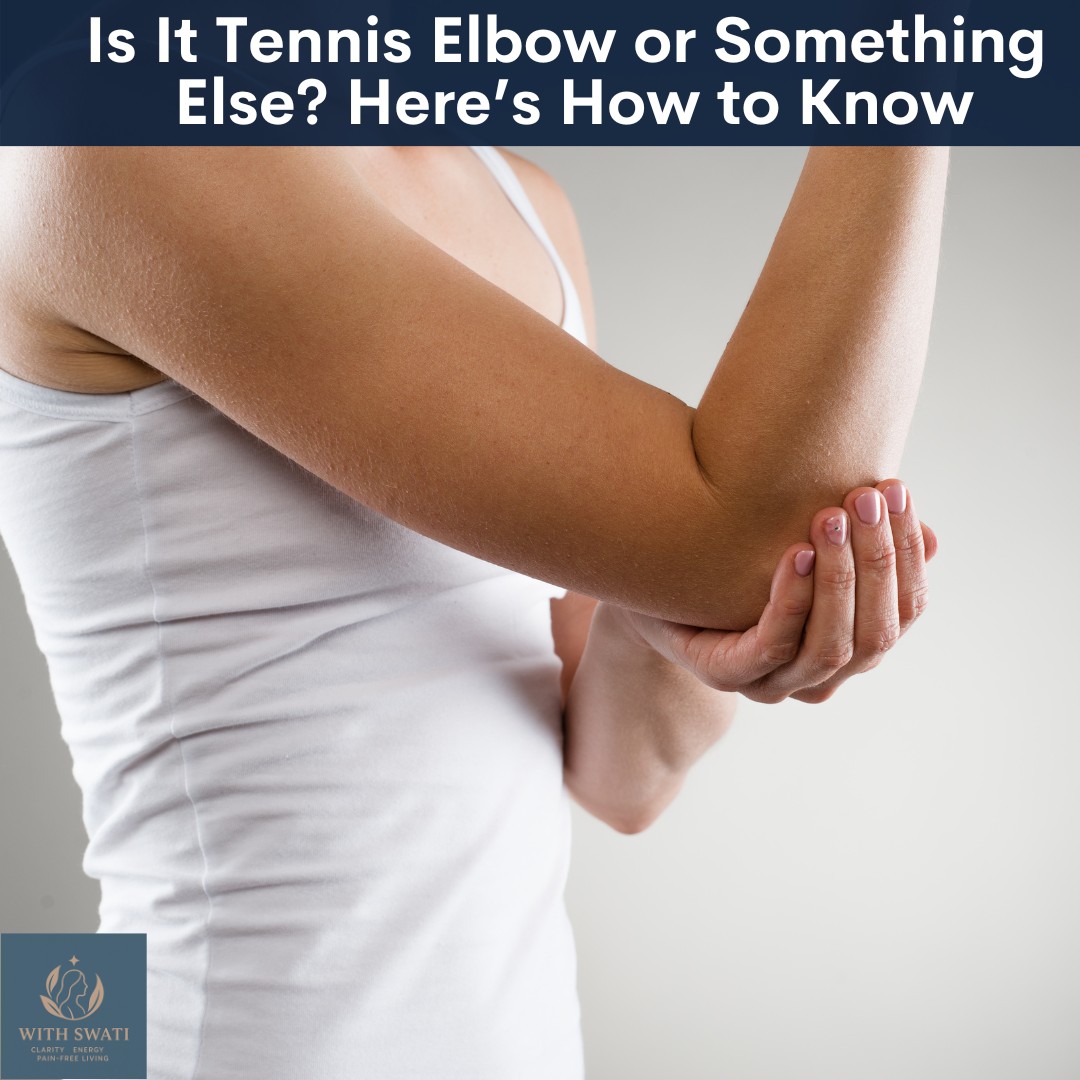
As an executive mum you might be spending long hours on your feet, whether you are navigating the office or managing home activities. But if you're experiencing persistent pain in the sole or heel of your foot, it may be more than just ordinary fatigue. You could be dealing with Plantar Fasciitis or Heel Spurs, that are two distinct conditions that often coexist and cause considerable discomfort in the feet. In this blog, lets discuss more about these two conditions that can affect your feet and the difference between them.
Plantar fasciitis involves inflammation of the plantar fascia, the thick band of tissue that runs from your heel to your toes, covering the sole of your foot. This inflammation can result in a dull or sharp pain along the sole, especially in the heel or inner arch. A heel spur, on the other hand, is a bony growth under the heel bone, often visible on an X-ray as a hook-shaped bony protrusion. These spurs can develop from repetitive stress on the heel, exacerbated by a tight plantar fascia. Both heel spur and plantar fasciitis are commonly seen in people such as athletes that constantly load their heel and foot.
Some of the common symptoms of heel spur and plantar fasciitis are:
- Stabbing pain under the arch and/or on the bottom of the foot near the heel.
- Sharp pain in the heel when stepping out of bed or standing after prolonged sitting or extended periods of standing or exercise.
- Constant pain throughout the day, even at rest, if the condition is severe.
- Increased pain when walking barefoot.
- Rest can only provide temporary relief. Weight bearing on the foot brings back the pain in the heel and/or the sole of the foot.
Risk Factors for heel spur and plantar fasciitis are:
- Being overweight or experiencing sudden weight gain.
- Diabetes.
- Extended periods of standing or walking.
- Rapid increase in physical activity.
- Overuse from sports or activities like dancing or aerobics.
- Structural foot problems, such as flat feet or high arches.
- Inappropriate or poorly fitting footwear.
Learn more in the free training on "Simple Solutions To Manage Your Heel Pain" in my free community HERE, where we discuss how to manage these two conditions using simple exercises and easy everyday tips.
If you like this blog and want to be notified about new blogs as soon as they are published, subscribe to my mailing list below.
I would love to see you around the internet! For other places you can explore more about me: https://withswati.com/page/link
















0 Comments